10 Garden Plants That Thrive in Wet Soil
Moisture-loving plants transform ordinary gardens into lush, vibrant ecosystems that thrive in damp and waterlogged environments.
Water-loving botanical species possess remarkable adaptations that enable them to flourish in areas where other plants might struggle to survive.
These incredible green companions create stunning landscapes with their unique textures, shapes, and rich foliage that can dramatically enhance garden aesthetics.
Gardens with high moisture content provide perfect conditions for specific plant varieties that not only survive but genuinely excel in wet surroundings.
Gardening enthusiasts seeking to develop beautiful and resilient landscapes can strategically select plants that naturally adapt to consistently moist soil conditions.
Moisture-tolerant plants contribute significant visual interest and ecological balance to outdoor spaces, making them essential components of thoughtfully designed garden ecosystems.
Gardeners can select from an impressive collection of approximately ten distinctive water-loving plant species that promise to elevate landscape design and create breathtaking green environments.
Turtlehead (Chelone)
Turtlehead captivates garden enthusiasts with its unique tubular flowers resembling a turtle's head, drawing bees, butterflies, and hummingbirds to create a lively outdoor sanctuary.
Native to North America, this charming plant boasts stunning blooms in red, pink, or white that rise elegantly above lush green leaves during late summer and fall.
Garden lovers appreciate its versatility, thriving in moist landscapes like streams and woodlands while reaching heights of 2 to 3 feet.
Slow-growing turtlehead rewards patient cultivators with spectacular color displays that transform outdoor spaces.
Its robust nature makes it an excellent choice for naturalistic garden designs.
Landscape architects and hobbyist gardeners appreciate its low-maintenance characteristics.
Iris Japanese and Siberian (Iris)
Water-loving irises like Siberian and Japanese varieties create stunning garden displays with their incredible blooms in a stunning array of colors.
Reaching heights between 2 to 4 feet, these plants bring vibrant spring color to landscape designs.
North American and Asian species offer collectors diverse options, from Blue Flag to uniquely patterned flowers.
Native species including Blue Flag (Iris versicolor) and Southern Blue Flag (Iris virginica) add regional character to plant collections.
Bog and pond environments provide perfect growing conditions for these water-loving plants.
Their adaptability makes them popular among landscape enthusiasts seeking low-maintenance options.
Rare color combinations and intricate flower patterns continue to attract iris lovers worldwide.
Meadowsweet (Filipendula ulmaria)
Meadowsweet charms gardeners with its delightful white to pink flower clusters that attract bees and wildlife across wet landscapes.
Native regions include Asia, Europe, Eastern Canada, and parts of the USA, where this versatile plant thrives in full sun.
Standing about 4 feet tall, it grows happily in USDA zones 3 to 9, particularly near marshes, meadows, and streams.
Blooming during spring and summer, its tiny flowers create elegant displays that catch the eye.
Aromatic leaves complement the blossoms, adding extra visual interest to garden spaces.
Meadowsweet works wonderfully for both fresh and dried floral arrangements, making it a favorite among plant enthusiasts.
Its sweet fragrance provides an additional layer of sensory delight to any outdoor environment.
Joe Pye Weed (Eutrochium)
Joe Pye Weed captivates butterfly enthusiasts with its magical allure across central and eastern North America.
Native gardeners love this towering plant that reaches 5 to 7 feet high in USDA zones 4 to 9.
Streambanks and moist landscapes provide perfect homes for this botanical wonder.
Its delicate mauve blossoms release a sweet vanilla fragrance that beckons pollinators from miles around.
Bees and butterflies swarm to these clusters of delightful flowers like eager travelers to a nectar paradise.
Landscape designers appreciate its versatility in rain gardens and water garden borders.
Nature lovers find this plant irresistible for its ability to transform outdoor spaces.
Beauty and ecological function merge seamlessly in this remarkable native plant.
Calla Lily (Zantedeschia)
Calla Lilies captivate gardeners with their dramatic arrow-shaped leaves and elegant flower spikes that rise 1 to 3 feet tall.
Native to Africa, these remarkable plants flourish in wet environments like ponds and containers with remarkable adaptability.
Stunning color variations including yellow, red, pink, purple, green, and white make these blooms stand out in any landscape.
Multiple species and cultivars provide rich options for plant enthusiasts seeking visual drama.
Their resilient bulbs thrive in USDA zones 7 to 10, ensuring reliable performance across several regions.
Late spring through early summer brings peak blooming periods for these extraordinary plants.
Water-loving and versatile, Calla Lilies offer exceptional beauty for diverse garden spaces.
Swamp Milkweed (Asclepias incarnata)
Swamp Milkweed captures garden enthusiasts with its stunning pink or white flower clusters that rise 3 to 5 feet tall, creating a messy fragrant paradise for Monarch butterfly larvae.
Pollinators swarm these blossoms from summer through fall, making the plant a critical wildlife habitat.
Native gardeners love how easily this species thrives in wet environments like ponds and riverbanks across USDA zones 3 to 9.
Landscapers appreciate its adaptability to both natural and cultivated spaces.
Water gardens especially benefit from its elegant presence.
Monarch conservation efforts gain momentum with each plant added to local ecosystems.
This resilient perennial brings dramatic visual interest to outdoor spaces.
Botanical enthusiasts recognize its significant role in supporting regional biodiversity.
Canna Lily (Canna)
Canna lilies electrify gardens with massive, dramatic leaves and spectacular summer flowers bursting in white, red, orange, and yellow hues.
Wildlife like bees and birds flock to these mesmerizing blooms, creating dynamic outdoor scenes.
Native to warm regions spanning USDA zones 7 to 11, these tropical beauties adapt easily by moving roots indoors during cold months.
Water becomes critical for Canna survival, with roots thriving best when generously hydrated through consistent watering or pond submersion.
Their robust structure allows placement in ground or container settings.
Large blossoms provide stunning color contrasts against deep green foliage.
Landscape designers frequently select Cannas for their bold, eye-catching presence that instantly elevates garden aesthetics.
Elephant Ear (Colocasia)
Elephant Ear plants boast massive leaves that command attention in any garden landscape.
Dramatic foliage stretches between 3 to 6 feet high, creating a bold statement with colors ranging from deep emerald to nearly midnight black.
Unique leaf shapes and intricate edges add visual complexity to these stunning botanical wonders.
Originating in warm regions like Africa and Asia, these plants thrive in moist soil conditions and adapt easily to different light environments.
Tropical vibes emerge naturally as these plants spread their impressive canopy.
People in cooler climates can preserve tubers during winter, ensuring a spectacular return when spring arrives.
Landscape designers appreciate how these plants deliver dramatic impact with surprisingly little maintenance.
Golden Creeping Jenny (Lysimachia nummularia)
Golden Creeping Jenny spreads rapidly across gardens, creating lush ground cover with minimal effort.
Its vibrant green leaves and delicate yellow summer blossoms make landscapes pop with natural charm.
Reaching just 2 to 4 inches tall but spreading up to 18 inches wide, this plant works magic in hanging baskets and containers.
Moneywort thrives in moist conditions and adapts easily to USDA zones 4 through 9.
Compact and hardy, the perennial demands little maintenance from plant enthusiasts.
European and Western Asian origins contribute to its robust nature.
Careful monitoring prevents potential invasive spreading in some garden environments.
Leopard Plant (Ligularia)
Ligularia bursts with dramatic yellow flower spikes that command attention in summer gardens, standing proudly 3 to 6 feet tall.
Water-loving landscapes welcome its robust nature, especially near streams or in rain gardens where moisture remains constant.
Blooming from June through July, these plants create stunning visual displays that draw eyes across garden spaces.
Rich, damp soil provides the perfect environment for its healthy growth and development.
Wind protection helps maintain the plant's large leaves and overall structure.
Hardiness zones 4 to 8 offer ideal conditions for this remarkable perennial.
Landscape designers appreciate its ability to fill shaded areas with dramatic color and texture.

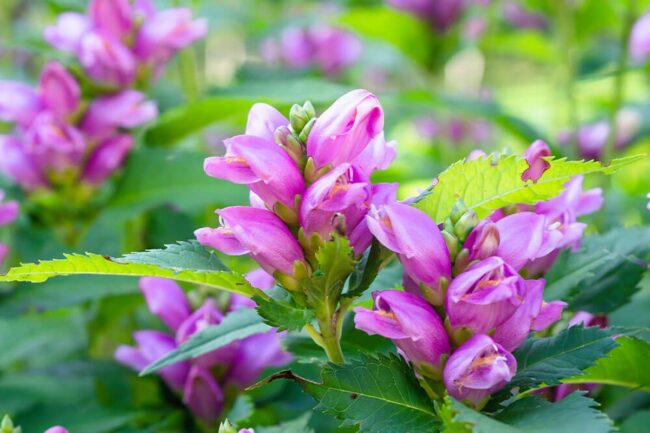
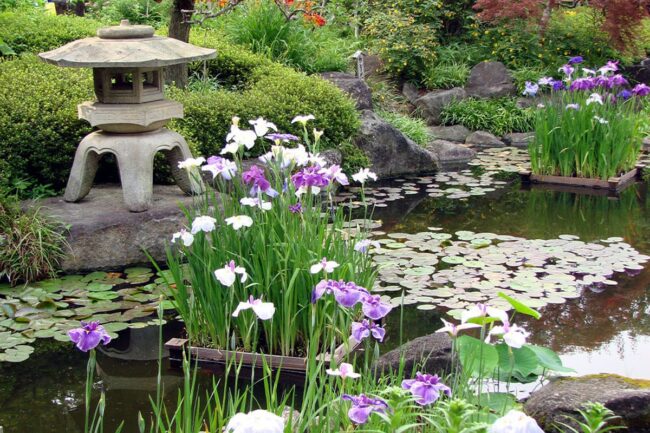
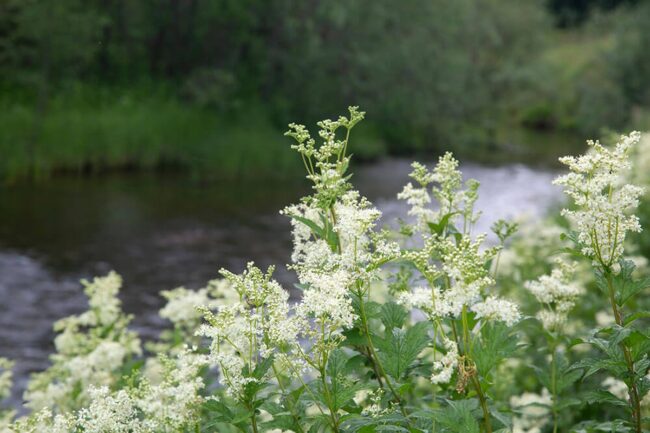
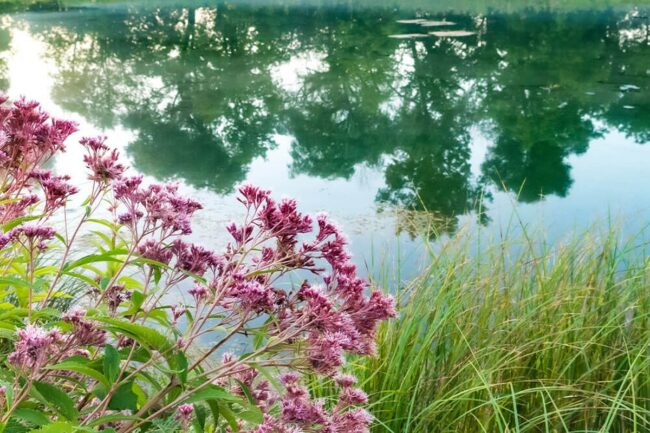

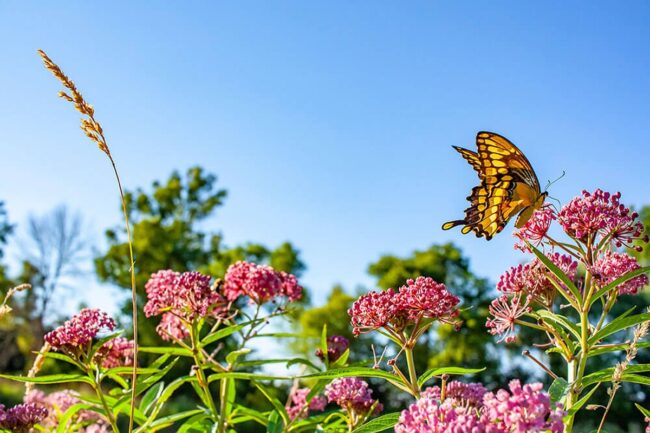
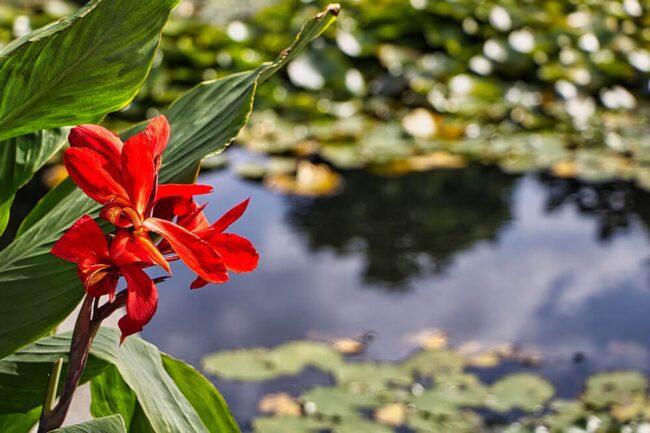
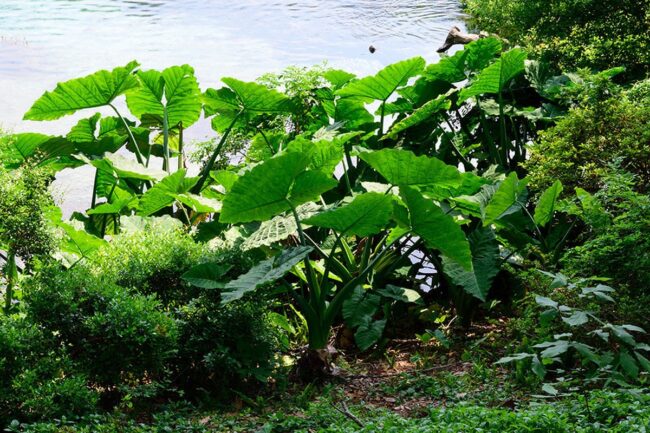

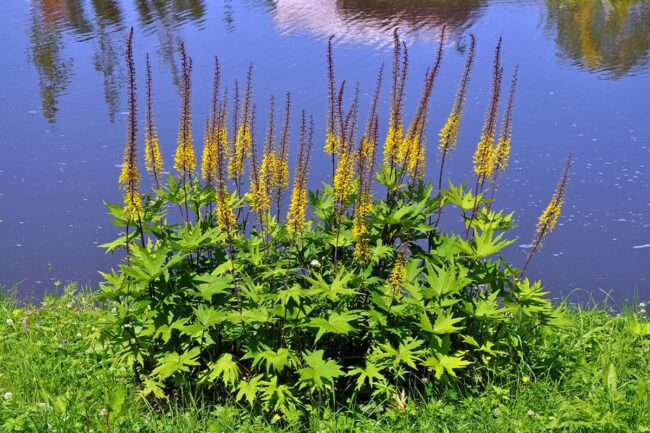
Ethan Mitchell
Founder & DIY Home Improvement Specialist
Expertise
DIY home improvement, sustainable construction, hands-on building techniques, project planning, tool expertise, eco-friendly design, step-by-step DIY guides, home renovation strategies
Education
Portland Community College, Portland, OR
Ethan Mitchell is the founder of Archeworks.org, a platform for practical DIY home solutions. With over 10 years of experience in sustainable home design and construction, Ethan simplifies projects with clear guides and eco-friendly tips. His background in construction technology ensures every project is approachable and effective.
At Archeworks.org, Ethan shares step-by-step tutorials, green living ideas, and tool safety tips, inspiring readers to improve their homes with confidence. For Ethan, DIY is about learning, creating, and feeling proud of what you build.